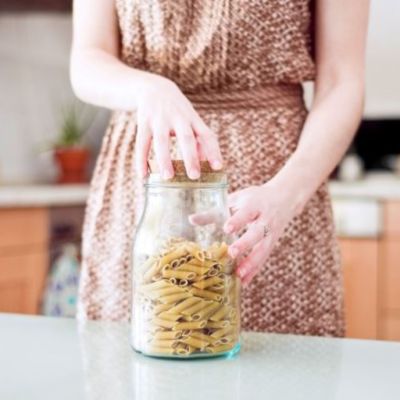The circular economy: How plastic could be used to create more sustainable homewares
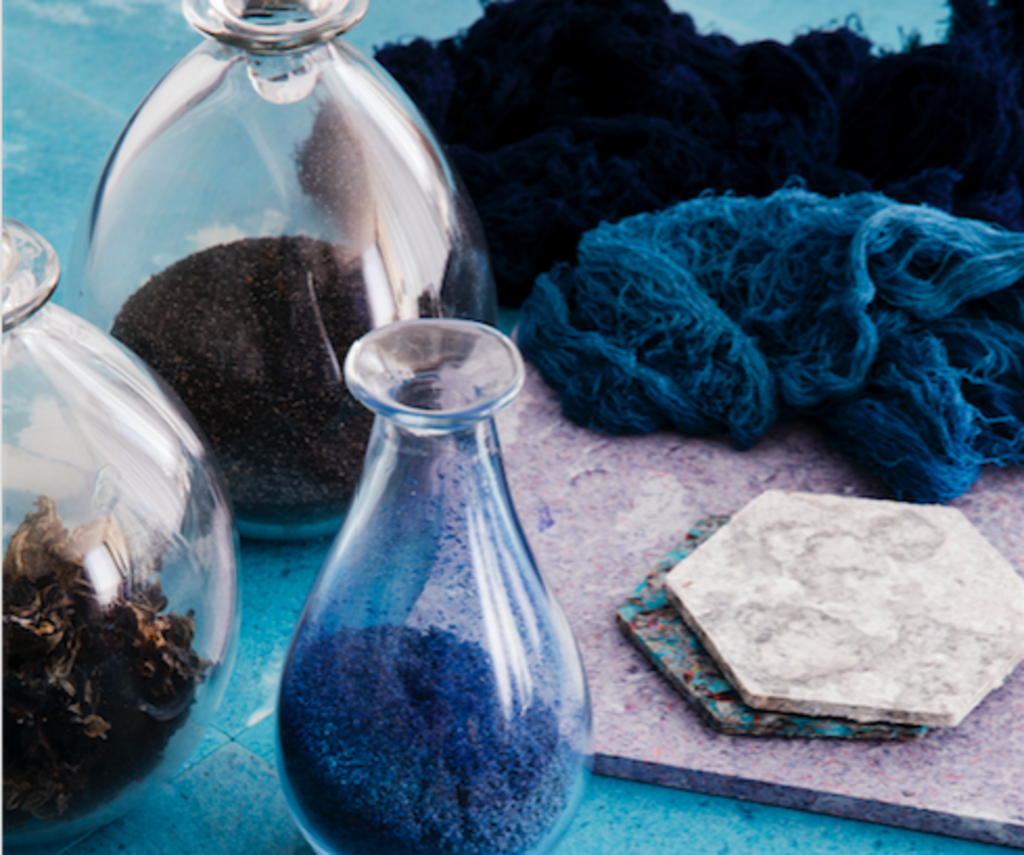
Discarded designer dresses, plastic signs and glass may not be what comes to mind when you think of stylish homewares, but all that could be set to change.
World-first recycling technologies recently unveiled at the University of New South Wales are turning common waste – such as old clothing and textiles, plastics and glass – into tiles, ceramics and panels that can be used for building products, furniture and other applications.
It could be the stylish solution to the pressing problem of dealing with our recyclable waste, according to professor Veena Sahajwalla, director of UNSW’s SMaRT Centre.

“It allows us to partner with designers, to have end-users basically saying ‘Right, this thing has now served its purpose in this form … can we bring it back to life again in a whole new form?’ You can do that,” she said.
“Waste glass and textiles … and plastics, can actually be brought to life as part of beautiful furniture,” she said. “It’s a far more sustainable approach than the ‘take, make, waste’ system, which results in the loss of resources and ever-growing landfill.”
At the microfactory, launched by the federal Environment Minister Sussan Ley last week, waste can be turned into 3D printer filaments used to create “beautiful niche solutions”.
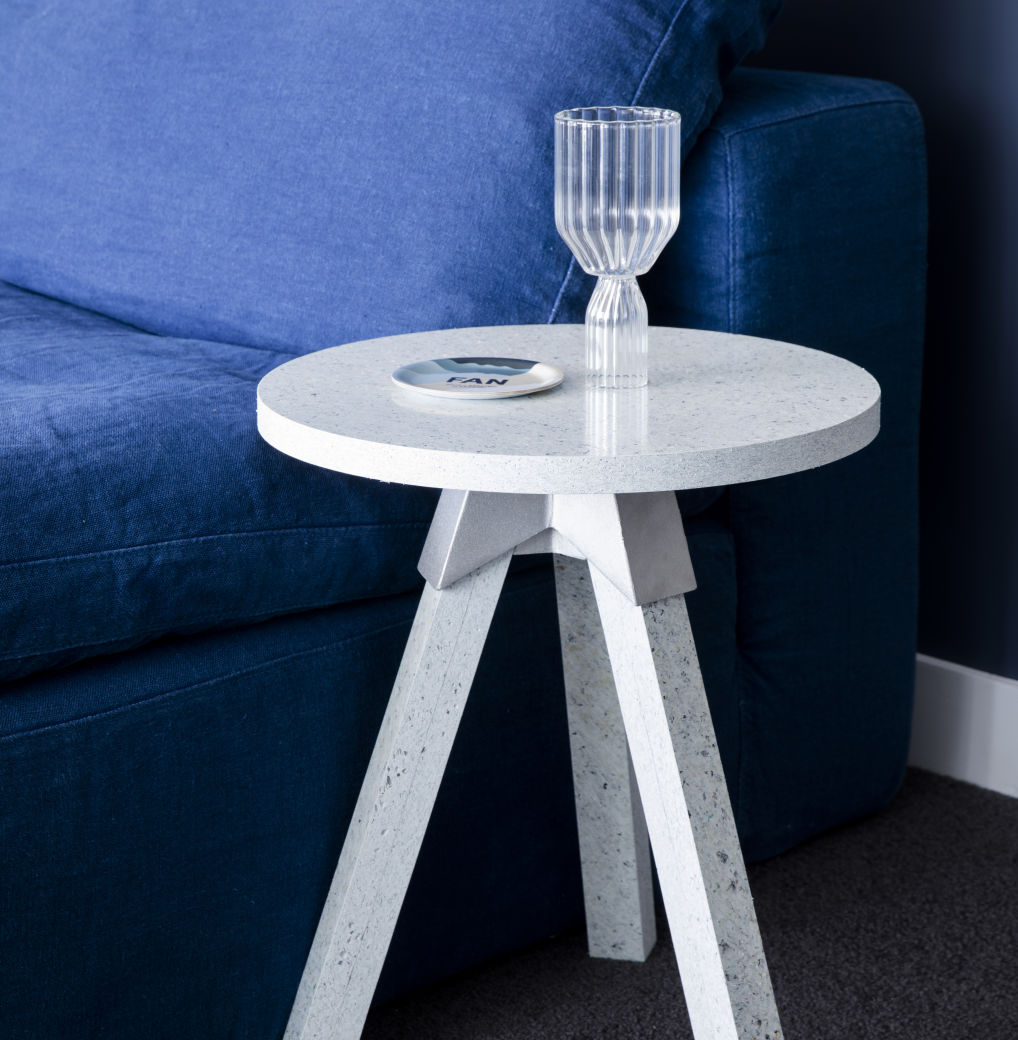
Such solutions include tables and artworks created with the help of stylist and artist Emma Elizabeth and industrial designer Anuj Dhawan, from NSW Circular Economy Innovation Network.
The homewares, on display at Mirvac’s recently opened Marrick & Co apartment complex in Sydney’s inner west, include a blue-hued dining table created with ceramic tiles made from glass and a designer dress. As well as occasional tables made from corflute posters — used to promote university events — that were destined for landfill.
Ms Elizabeth said it was incredible to see what the SMaRT Centre technology could do with discarded items.
“This is the way of the future, an exciting future,” she said. “We’re in slow fashion movement, we’re in a slow food movement, and I feel like we’re definitely in a slow design movement now.”
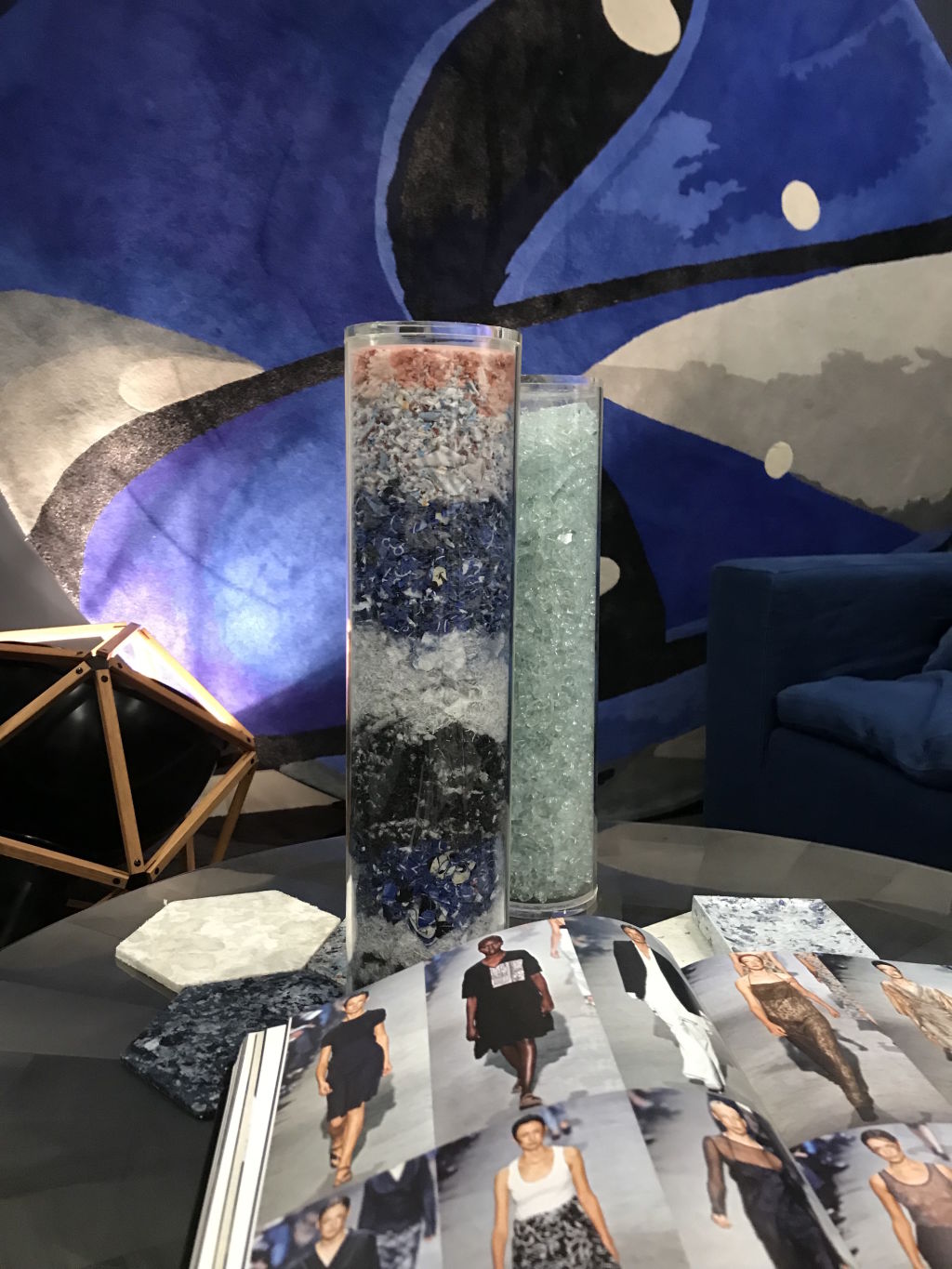
Professor Sahajwalla said the collaboration was a chance to show that beautiful products, with brilliant properties, could be made from recycled materials.
She added the collaboration with Marrick & Co demonstrated how a circular economy that aims at eliminating waste and promoting the continual use and re-use of resources could deliver economic, social and environmental benefits.
It shows the huge potential and benefit of recycling for the housing and design industries, said Mirvac’s general manager of design, marketing and sales, Diana Sarcasmo.
“As the first One Planet Living community in NSW, creating Marrick & Co has been an exercise in looking at sustainability from all perspectives,” said Ms Sarcasmo. “Pairing Professor Sahajwalla and her SMaRT Centre team, and Emma Elizabeth continues our efforts to drive behavioural change by highlighting the ways in which materials can be given a second life.”
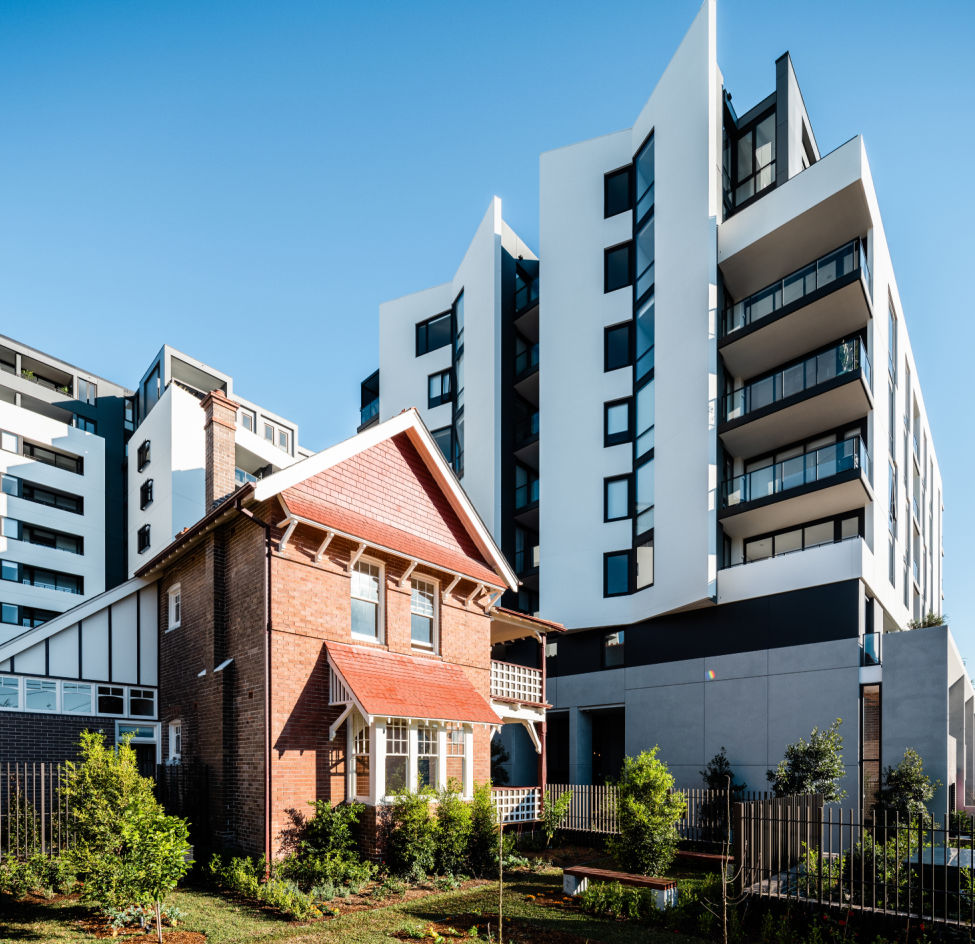
With buildings responsible for around 25 per cent of greenhouse gas emissions globally, Ms Sarcasmo said, Mirvac is aiming to recycle all waste from its developments by 2030
“At Marrick & Co we have succeeded in diverting 95 per cent of waste through clever repurposing of materials; however, the remaining 5 per cent is the most difficult,” she said.
“If we can find a way to reduce waste and create something useful and beautiful in the process, then we are one step closer to a planet-friendly existence.”
We recommend
States
Capital Cities
Capital Cities - Rentals
Popular Areas
Allhomes
More
- © 2025, CoStar Group Inc.
